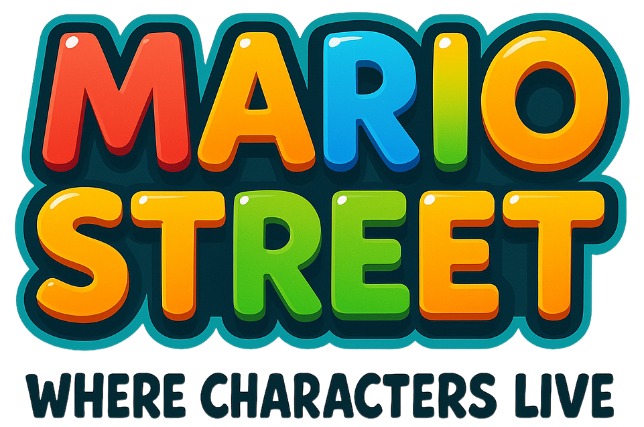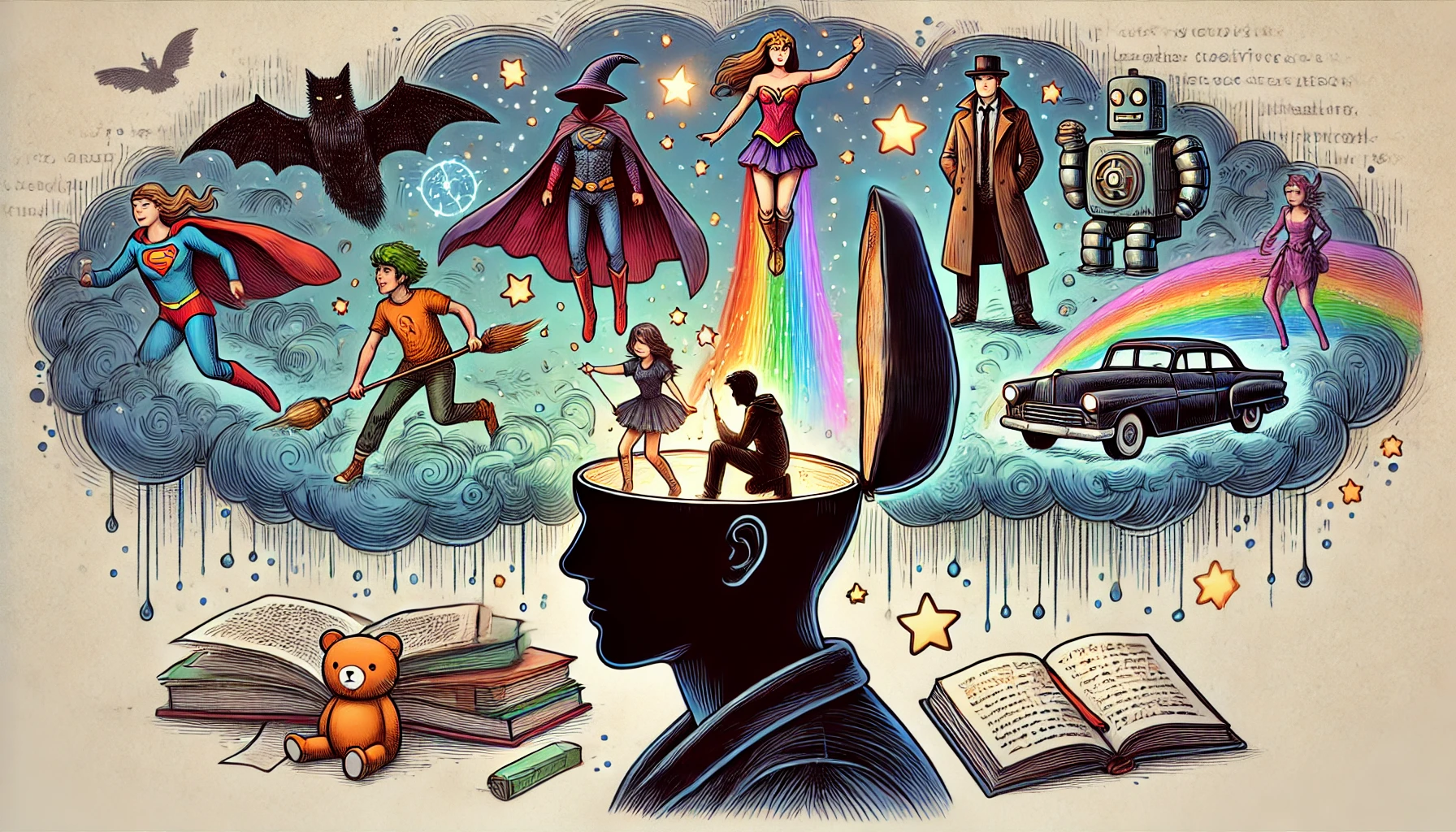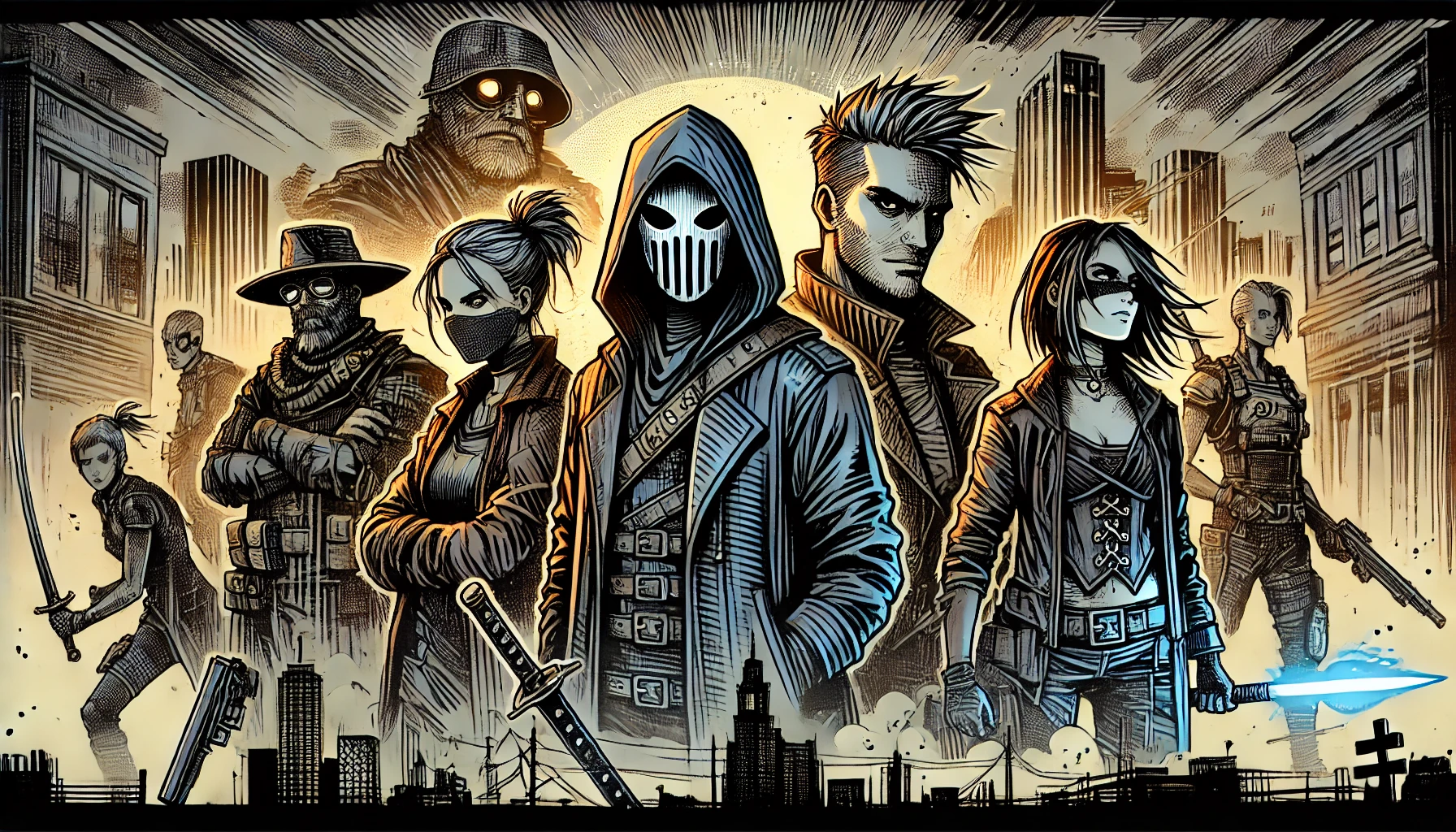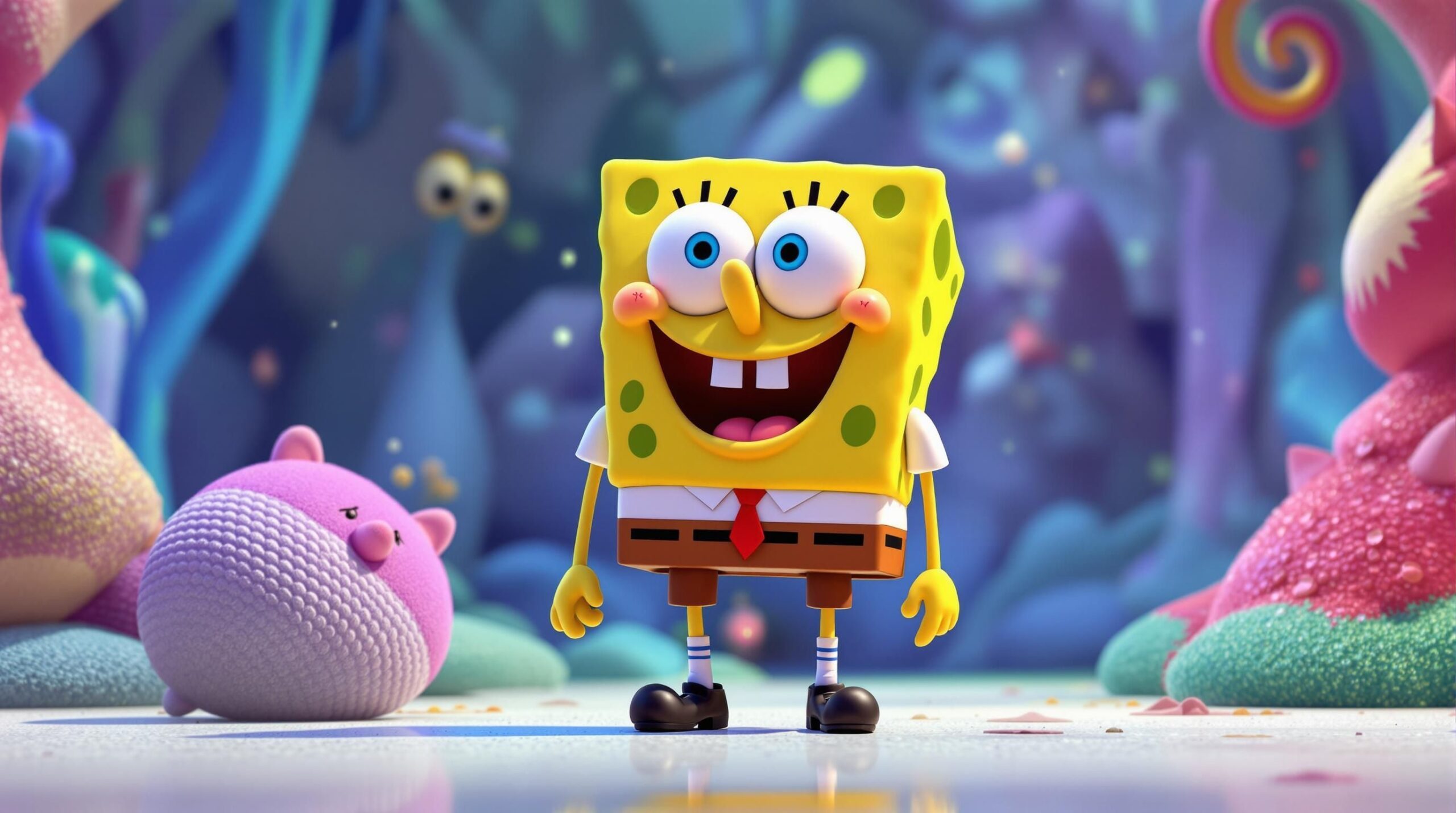The Eternal Roommates of Pop Culture
You’re minding your business, brushing your teeth, driving to work, or scrolling through social media when suddenly—bam!—a character pops into your head. Maybe it’s Tony Stark smugly quipping his way through a crisis. Maybe it’s Hermione correcting someone’s Latin pronunciation. Maybe it’s Wednesday Addams giving a deadpan stare, or Jack Sparrow drunkenly swaggering across your mental stage. These characters live there now. They pay no rent, do no chores, but somehow have their own room in your brain. And they’re not leaving.
But why?
Why do certain fictional characters stick with us like emotional glitter while others fade into the background before the credits roll? Why are some icons tattooed on our minds—quotable, dream-worthy, emotionally available at a moment’s notice—while others are simply… there and gone?
Let’s take a deep dive into the phenomenon of characters who refuse to vacate the premises. Spoiler alert: it’s not just good writing. It’s magic, psychology, relatability, and a whole lot of heart.
The Power of Personality: When Characters Feel Realer Than Real
The first reason characters linger is because they feel like people. Not just people—but our people. Our best friends, our rivals, our inner monologues with better lighting.
Think about it. We don’t just remember Sherlock Holmes because he solves mysteries. We remember him because of the way he fidgets when bored, the way he casually insults people with flair, the way he walks the tightrope between brilliance and sociopathy. He’s textured. He’s weird. He’s unmistakably himself.
Characters who live rent-free in our minds tend to come with quirks, habits, speech patterns, and contradictions that make them feel alive. They have flaws. They have mannerisms. They’re not cardboard cutouts—they’re walking, talking, metaphorical roommates sharing our emotional space.
They’re the people we want to have coffee with. Or argue with. Or just sit next to on the couch, saying nothing, because somehow that’s still comforting.
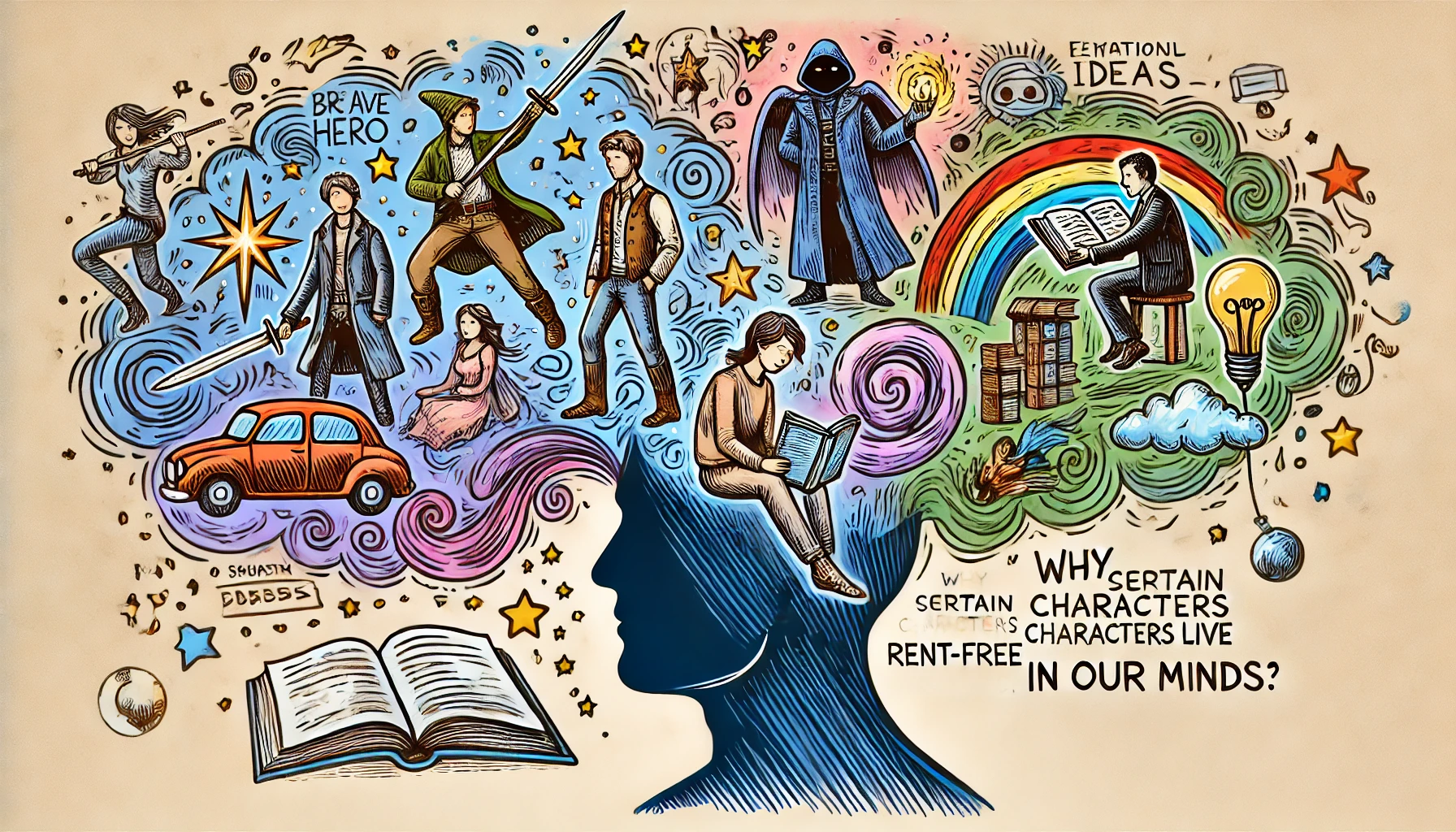
Iconic Introductions: The First Impressions That Last Forever
Some characters earn their permanent status within minutes of appearing on screen or page. It’s all in the entrance.
When Darth Vader strides through the smoke-choked doors of the rebel ship in Star Wars, breathing like a mechanized demon of doom, you know instantly—you’ll never forget him. When Regina George turns around in Mean Girls and delivers a perfectly razor-sharp insult with a plastic smile, she’s seared into your frontal lobe forever.
A strong entrance is like planting a flag in your brain. It’s style. It’s tone. It’s declaration. Characters who arrive with confidence, flair, or instant relatability make a memorable imprint. And that imprint? It doesn’t wash out easily.
Emotional Attachments: When Characters Understand Us Better Than People Do
Here’s the truth: some characters don’t just entertain us—they heal us. Or reflect us. Or hold us up in ways we didn’t know we needed.
We see Katniss Everdeen struggle with trauma and survival, and something in us says, “Yes. I know that weight.” We watch BoJack Horseman spiral in self-doubt and unhealthy coping, and it feels all too familiar. We see Samwise Gamgee refuse to give up on Frodo, and we remember what loyalty feels like when hope runs thin.
When a character validates our emotions, our pain, or our dreams, they don’t just earn a spot in our minds—they carve one out with permanence. They become emotional anchors. People we return to, not just for the plot, but for comfort, reflection, and connection.
And sometimes, they teach us something no one else could. About strength. About growth. About how to be a better human.
The Dialogue We Can’t Forget
Witty one-liners. Heart-wrenching speeches. Legendary catchphrases. Characters who speak in unforgettable quotes tend to camp out in our mental real estate like they own the place.
“With great power comes great responsibility.”
“I solemnly swear that I am up to no good.”
“To infinity… and beyond!”
“Why so serious?”
“You have no power here!”
These aren’t just lines. They’re keys. They unlock entire scenes, moods, and emotional memories. They become shorthand for feelings we’ve experienced. They show up in memes, in texts, in late-night conversations with friends. And every time they do, the character behind them flickers back into our thoughts like a neon sign.
Dialogue is more than words—it’s identity. When a character speaks with clarity, voice, and personality, we don’t just listen. We remember.
Visual Vibes: Looks That Linger
Sometimes, it’s not about what they say. It’s about how they look.
Visual design is an unsung hero in the art of unforgettable characters. From Sailor Moon’s glowing transformation sequence to Eleven’s buzzcut and nosebleed, from Jack Skellington’s striped suit to Daenerys’ braided crown of dragon-born drama, visuals matter.
We remember iconic costuming, unique silhouettes, and expressive eyes. We remember the flick of Loki’s hair, the flash of Batman’s cape, the swirl of Cruella’s coat. These visuals stick like stickers to our brain’s aesthetic board. They’re bold. They’re repeatable. They’re instantly recognizable in fan art, Halloween costumes, and doodles in notebooks.
Characters with memorable visual identities don’t fade. They linger, fully formed, ready to reappear the second we see a lightning bolt scar or hear a certain theme song swell.
The Archetypes We Crave
There are some roles we’re just wired to love. The rebel with a cause. The mysterious loner. The morally gray genius. The reluctant hero. The sunshine one and the grumpy one.
These character archetypes scratch specific psychological itches. We want the underdog to rise. We need the brooding antihero to slowly learn to trust again . We love watching the chaotic trickster throw a wrench into the plot—just for fun.
Characters who embody these roles well don’t just entertain—they fulfill something deeper. They become the archetypes we’re constantly drawn to, over and over, in different stories and different formats. And when they’re written just right? They become the definitive version we measure all others against.
Sherlock Holmes. Arya Stark. Tyrion Lannister. Tony Stark. These are the templates etched in pop culture granite. Everyone else is just renting space.
The Fandom Factor: Memes, Tributes, and Headcanons, Oh My!
One of the biggest reasons characters live rent-free in our heads is because we never stop talking about them. Or drawing them. Or arguing about them on forums at 2 a.m.
Fandom gives fictional characters a kind of immortality. It breathes new life into them daily. We share GIFs of Michael Scott’s most awkward moments. We write fan fiction about what happened after The Hunger Games. We debate whether Snape was a hero or a jerk. We cosplay, we quote, we remix.
The more we engage, the more those characters root themselves into our cultural and personal consciousness. They become more than characters. They become experience.
You’re not just watching Zuko go from villain to hero. You’re watching him with a million other fans, all crying at the same moment. You’re sharing reactions, drawing fan art, building community. That collective obsession reinforces their presence in your mind. Like a recurring song on the world’s weirdest playlist—you can’t not hear it.
Nostalgia’s Secret Weapon
Sometimes, a character sticks with us not because of who they are—but when they arrived.
Maybe it was the first book you ever loved. Maybe it was the movie you watched after a breakup. Maybe it was the show that kept you company during a hard year. The timing was right, the feelings were big, and the character became a symbol of that moment.
Nostalgia is powerful. It’s warm and hazy and soaked in memory. And characters tied to it take on extra emotional weight. They’re more than fiction—they’re yours.
You don’t just love the character. You love what they meant to you at that time. And that kind of emotional bond? It doesn’t break easily.
They’re Us. Or Who We Wish We Were.
Characters live rent-free in our minds when they feel like an extension of ourselves—or who we want to be.
Maybe you see yourself in Luna Lovegood’s dreamy oddness. Maybe you envy Tony Stark’s charisma and confidence. Maybe you wish you had Daenerys’ dragons, or Jon Snow’s loyalty, or Jo March’s unapologetic ambition.
Great characters give us aspirational identity. They let us try on bravery, weirdness, boldness, vulnerability. They give us scripts for how to be fierce or kind or witty. They let us imagine better, bolder versions of ourselves.
And once we see ourselves in someone else, even if they’re fictional, it’s nearly impossible to forget them.
The Chemistry Effect: When Duos Dominate
Sometimes, it’s not just one character—it’s the chemistry between two or more that locks them into our memory.
Sherlock and Watson. Mulder and Scully. Frodo and Sam. Steve and Bucky. Crowley and Aziraphale. These iconic pairs light up our brains not just because they’re great characters, but because their interactions are electric.
We remember the banter, the glances, the tension, the loyalty. We replay their conversations in our heads. We ship them (whether canon or not). Their dynamic becomes part of their identity, and part of what makes them unforgettable.
We don’t just remember them. We remember them together—and how they made us feel.
The Endings That Wreck Us (In the Best Way)
Here’s the final secret: characters live rent-free in our minds when they leave us with something unfinished. A cliffhanger. A death. A goodbye we weren’t ready for.
The pain of losing a beloved character—or seeing their arc end in a powerful, emotional way—cements them in our memory. They linger because we’re not done feeling all the feelings they stirred up.
Think of Iron Man’s final snap. Think of Beth March’s quiet passing. Think of Buffy standing alone, again. These endings hit hard, not because we didn’t expect them—but because they felt real. And real things don’t just fade away.
Final Thoughts from Your Mental Tenants
Characters who live rent-free in our minds do so because they earned it. Through quirk and chemistry, pain and power, humor and humanity, they carved out space in our lives—and they refuse to give it up.
And honestly? We’re glad they’re still there.
Because long after the credits roll, after the last page is turned, and the lights come up, they remind us that stories don’t really end. They echo. They evolve. They follow us into our lives, our dreams, and our weird conversations about whether Aragorn or Legolas would win in a dance-off.
So the next time a certain character pops into your head for no reason, just smile.
They’re not gone.
They’re just home.
